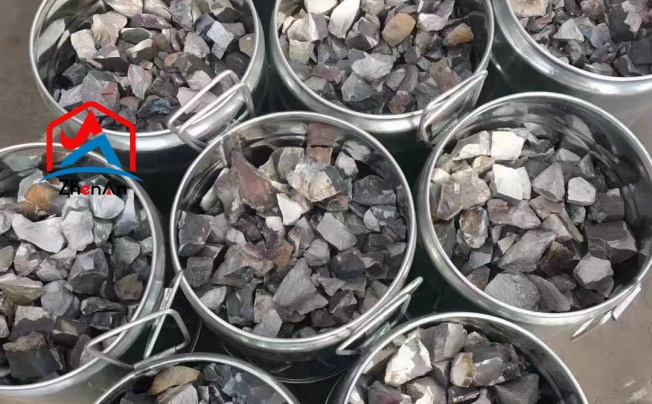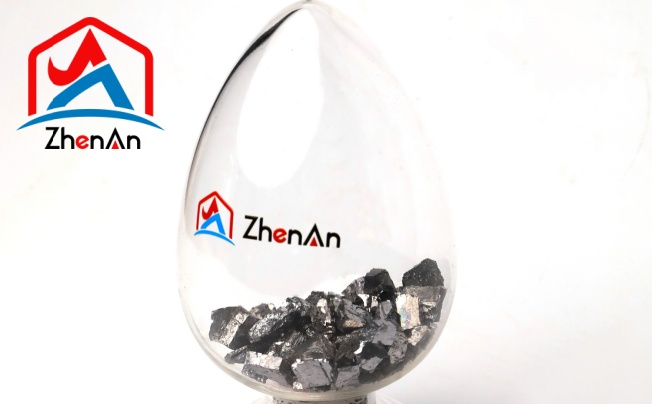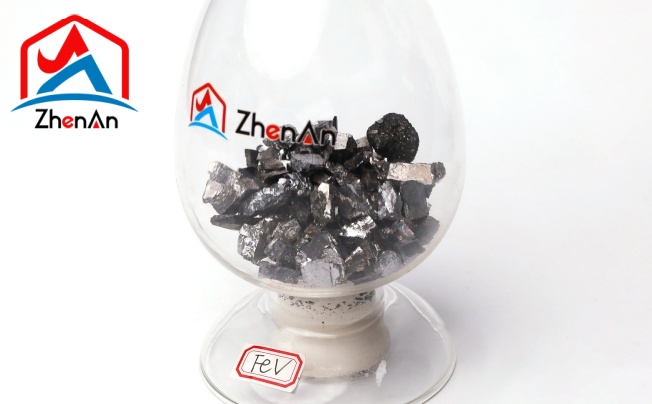What is Silicon Zirconium Alloy?
The term “silicon-zirconium alloy” describes an alloy in which the two primary constituents are silicon and zirconium. In general, solid solutions of zirconium or other metals are referred to as zirconium alloys, and they are a common subgroup.
Because of its exceptional ductility, hardness, and resistance to corrosion, zirconium alloys have found extensive application in nuclear technology, particularly as coating for nuclear reactor fuel rods. Nuclear-grade zirconium alloys usually contain fewer than 2% of other metals, such as tin, niobium, iron, chromium, and nickel, added to improve mechanical qualities and corrosion resistance, and more than 95% zirconium.
Properties of Silicon Zirconium Alloy
An advantage of zirconium alloys is their:
High hardness: Due to their exceptional hardness, zirconium alloys are a good choice for applications requiring longevity and strength.
Ductility: The excellent ductility of zirconium alloys enables them to be easily molded and sculpted into a variety of forms.
Zirconium alloys are ideally suited for usage in situations where exposure to corrosive substances is a concern due to their exceptional resistance to corrosion.
Heat resistance: Zirconium alloys can tolerate high temperatures without suffering appreciable deterioration because of their strong heat resistance.
Biocompatibility: Because zirconium alloys are biocompatible, the body won’t react negatively to them when they are employed in medical applications like implants.
What is Silicon zirconium Alloy used for?
An alloy of iron, silicon, and zirconium is called ferrosilicon zirconium, or FeSiZr.
Ferrosilicon, an iron and silicon alloy, is frequently utilized for numerous applications, such as:
Silicon Source: Steel and other ferrous alloys are deoxidized and metals are reduced from oxides using ferrosilicon, a silicon source.
Production of other ferroalloys: Ferrosilicon is a raw material that can be used to make other ferroalloys, which are iron alloys that contain one or more extra elements.
Cast iron inoculation: To hasten graphitization, ferrosilicon is applied during the inoculation process. The mechanical qualities of cast iron can be enhanced by this technique.
Ferrosilicon is utilized in the casting, steelmaking, and other associated metallurgical processes.
Production of silicon: Silicon is made from ferrosilicon and is used in many different industries, including chemicals and electronics.
Alloys that are resistant to corrosion and high temperatures: Ferrosilicon can be utilized to create alloys that are exceptionally resistant to both corrosion and high temperatures.
Manufacturing Process of Silicon Zirconium Alloy
Melting and alloying the constituent elements are the usual metallurgical procedures used to generate zirconium alloys, including silicon zirconium alloy. The precise procedure might change depending to the alloy’s intended qualities and composition.
An overview of the production process for zirconium alloys is provided below:
- Preparation of raw materials: The production process requires the acquisition and preparation of raw materials like silicon, zirconium, and other alloying components. To guarantee their quality, the raw materials might need to be refined and purified.
- Melting: In a furnace with a high temperature, the prepared raw materials are melted. Depending on the volume of production, either induction or electric arc furnaces may be used for the melting process.
- Alloying: After the raw materials are melted, the molten metal is mixed with alloying elements like silicon and zirconium. The alloying process guarantees that the alloy has the right composition and characteristics.
- Casting: The molten alloy is subsequently shaped into billets or ingots, depending on the required shape. Several casting techniques, like as continuous casting and ingot casting, can be used to accomplish this.
- Heat treatment: To further improve its mechanical qualities, the alloy may go through heat treatment procedures after casting. Annealing, quenching, and tempering are some of the processes that might be included in heat treatment.







